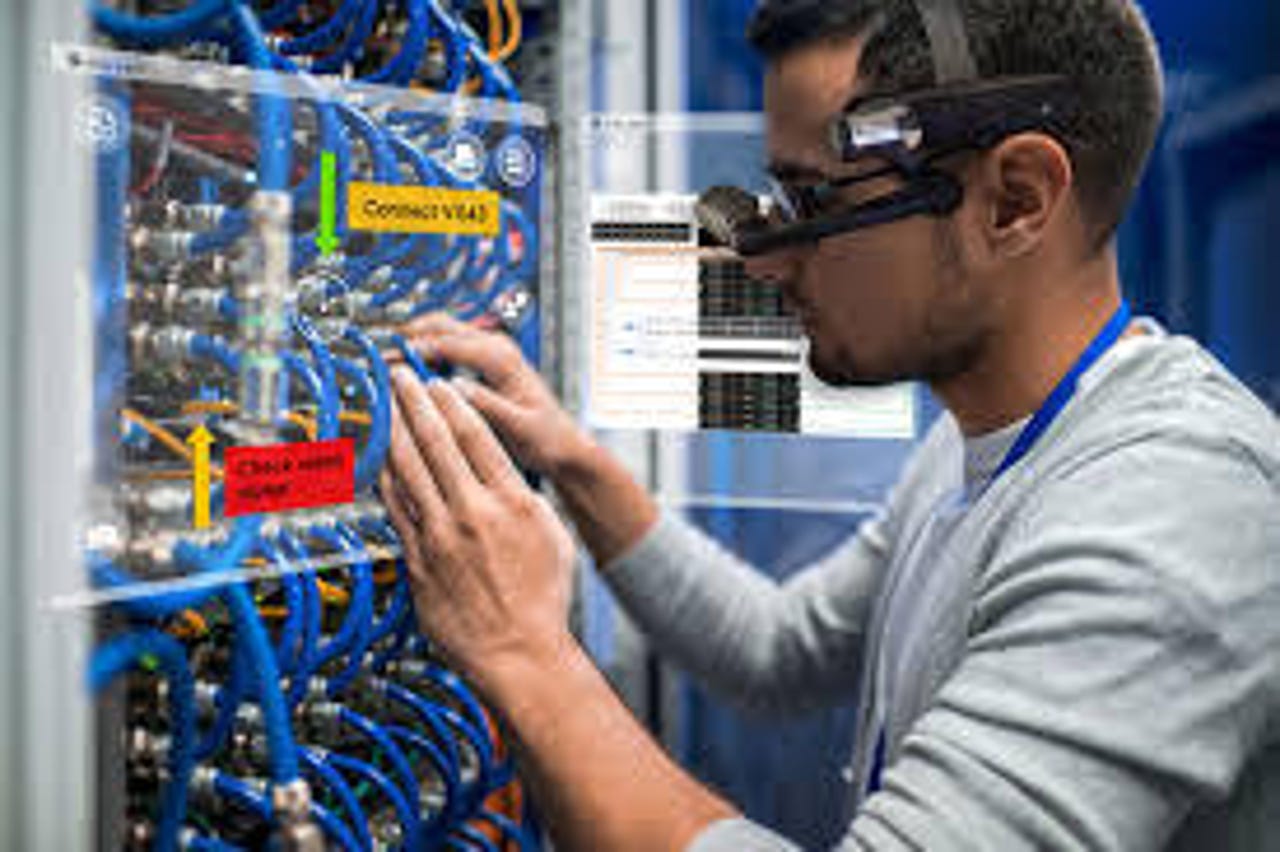Spatial computing is reinventing how mobile techs work


Technicians servicing oil rigs and refineries can now easily locate devices or components, operational instructions, equipment data, and IoT information using augmented reality. Across the sector, AR is becoming an increasingly important tool for service techs, and an AR visualization company called Fieldbit is the latest to go after the B2B market with real-time data visualization for field workers.
It's part of a growing business case for augmented reality, which is still struggling for a foothold in many industries.
Field service has been an outlier, a high-demand sector that's been especially keen to adopt spatial computing, a buzzy term for data visualizations projected via smart glasses or a mobile device. Hiring crunches in a tight labor market have made qualified field workers hard to come by, and there's tremendous pressure to put newer hires on the job as quickly as possible.
In an industry like oil & gas, sending green workers to the field quickly could spell disaster. But AR can ease the learning curve. Using an augmented reality solution, technicians can access real-time data about machines and components in easy-to-read visualizations, even when they're out of view and located behind or inside other equipment. The technology can also help techs work through complex problems without the need to resort to manuals or tutorials.
"Fieldbit's new AR Visualization feature makes it much easier for field technicians to see exactly where the problem is with visual mapping that labels and pinpoints the exact issue," says Evyatar Meiron, Fieldbit CEO. "Fieldbit's role is to continue to create features and solutions that simplify the complexity that technicians face in the field each day so that they can easier resolve issues in real-time."
Spatial computing adds a new layer to Fieldbit's existing enterprise augmented reality platform. One of the most compelling components of the platform is an interactive collaboration, which includes a shared "see-what-I see" field of view. Tools like these empower companies to keep their most seasoned techs in the office to virtually assist techs on calls. That knowledge can further be captured via automated guidance programs.
Utilizing the remote mentor we are able to immediately troubleshoot problems by connecting with the right expert," says J.C. Chambers, Venture Associate at DCP Midstream, which has over 62,000 miles of pipeline in the U.S. "This tool has led to a reduction in downtime."